Rising Demand for Digital Solutions
The Digital Mortgage Software Market is experiencing a notable surge in demand for digital solutions. As consumers increasingly prefer online services, mortgage lenders are compelled to adopt digital platforms to remain competitive. This shift is evidenced by a projected growth rate of approximately 12% annually in the adoption of digital mortgage solutions. The convenience and efficiency offered by these platforms are driving both lenders and borrowers towards digital alternatives, thereby reshaping the landscape of mortgage transactions. Furthermore, the integration of mobile applications into the mortgage process enhances accessibility, allowing users to manage their mortgage applications seamlessly. This trend indicates a significant transformation in consumer behavior, as the preference for digital solutions continues to rise, compelling traditional lenders to innovate and adapt to the evolving market dynamics.
Integration of Artificial Intelligence
The integration of artificial intelligence (AI) into the Digital Mortgage Software Market is transforming the way mortgage processes are conducted. AI technologies enable lenders to analyze vast amounts of data quickly, improving decision-making and enhancing customer service. For example, AI-driven chatbots can provide instant responses to customer inquiries, significantly improving user experience. Additionally, predictive analytics powered by AI can help lenders assess borrower risk more accurately, leading to better loan origination decisions. The market for AI in mortgage technology is projected to grow at a compound annual growth rate of 15%, indicating a robust trend towards automation and efficiency. This integration not only streamlines operations but also positions lenders to offer more personalized services, thereby enhancing customer satisfaction and loyalty.
Regulatory Compliance and Risk Management
In the Digital Mortgage Software Market, the increasing complexity of regulatory requirements is a critical driver. Financial institutions are under constant pressure to comply with evolving regulations, which necessitates the adoption of sophisticated digital mortgage software solutions. These platforms not only streamline compliance processes but also enhance risk management capabilities. For instance, the implementation of automated compliance checks can reduce the likelihood of costly penalties associated with non-compliance. As regulations become more stringent, the demand for software that can efficiently manage compliance and risk is expected to grow. This trend is further supported by the fact that institutions investing in compliance technology have reported a 20% reduction in compliance-related costs, highlighting the financial benefits of adopting advanced digital solutions.
Consumer Preference for Personalized Services
In the Digital Mortgage Software Market, there is a growing consumer preference for personalized services. Borrowers are increasingly seeking tailored mortgage solutions that meet their specific needs and financial situations. Digital mortgage platforms that leverage data analytics to offer customized loan options are gaining traction. This trend is supported by research indicating that 70% of consumers are more likely to engage with lenders that provide personalized experiences. As a result, mortgage software that incorporates advanced analytics and customer relationship management features is becoming essential for lenders aiming to enhance customer engagement. The ability to deliver personalized services not only improves customer satisfaction but also fosters long-term relationships, ultimately driving growth in the digital mortgage sector.
Shift Towards Remote Work and Digital Collaboration
The Digital Mortgage Software Market is witnessing a shift towards remote work and digital collaboration, driven by the need for flexibility in operations. As organizations adapt to new work environments, the demand for digital mortgage solutions that facilitate remote collaboration is increasing. Software that allows teams to work together seamlessly, regardless of location, is becoming essential. This trend is reflected in the rising adoption of cloud-based mortgage platforms, which enable real-time collaboration among stakeholders. The market for cloud-based mortgage solutions is expected to grow by 18% over the next five years, underscoring the importance of digital collaboration tools in the mortgage industry. This shift not only enhances productivity but also allows for a more agile response to market changes, positioning companies to better serve their clients.


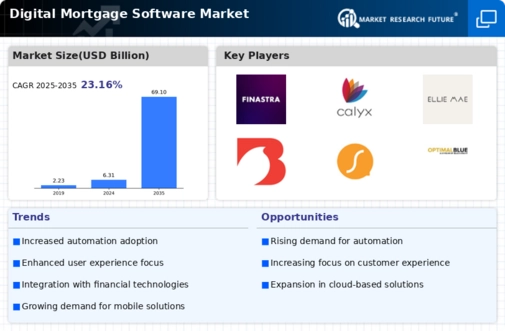
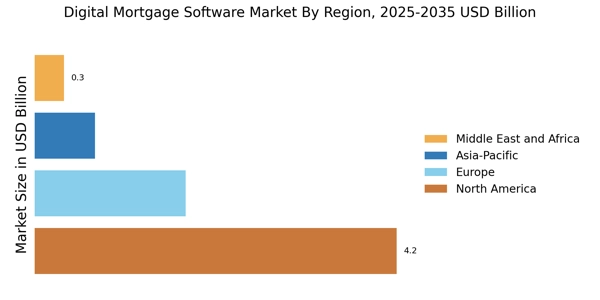


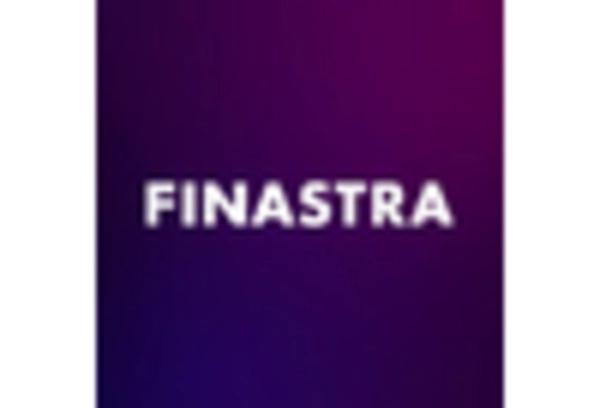
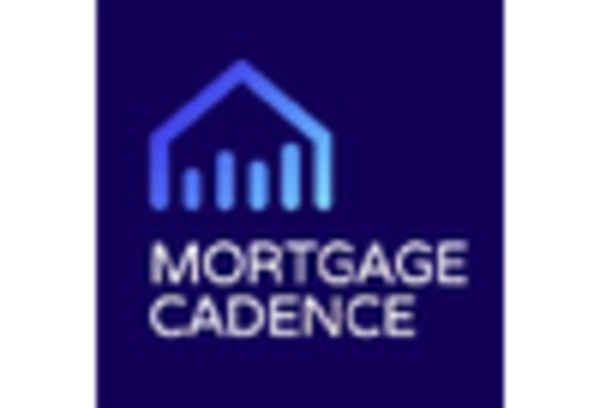
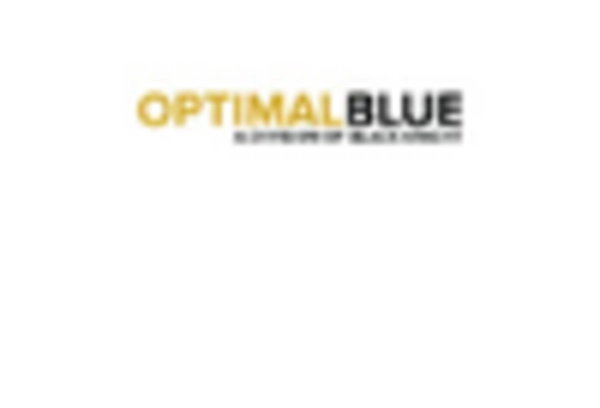
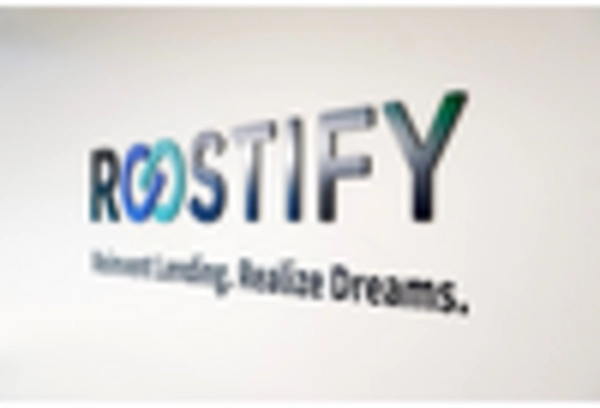








Leave a Comment